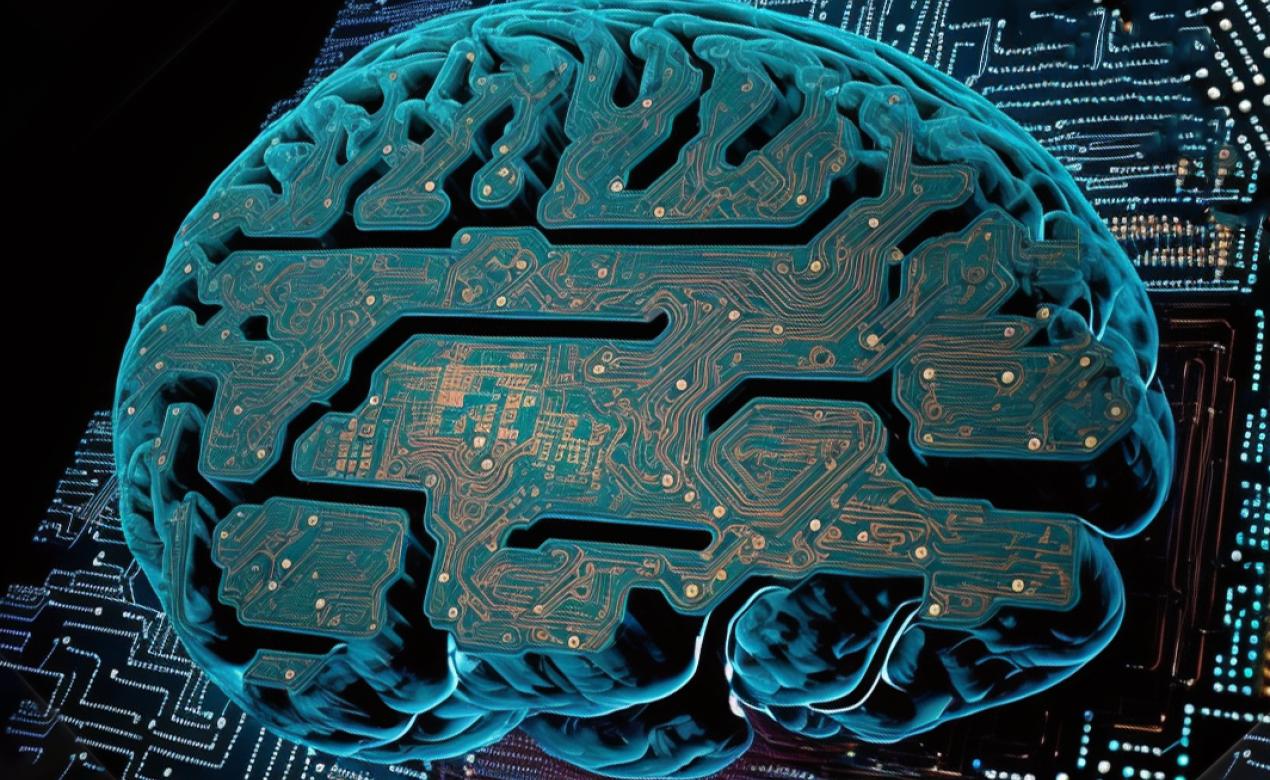
For many of us in the community, the recent release of OpenAI’s artificial intelligence model, ChatGPT, has had a profound impact. Engaging with this too-good-to-be-true AI chatbot often feels more like science fiction than reality. If you haven’t already tried it, you should. Entering an essay prompt like “Compare American and Canadian electoral systems in 1,000 words” or a coding challenge “Write Python code to print the first 20 prime numbers in reverse order” into the chat will instantly generate responses that are surprisingly good.
(You can also ask AI to create images such as the one in this article, which is fully AI-generated!)
Even if you have been following the rise of AI and paying attention to all of the places it has already cropped up in our lives (movie recommendations, facial recognition, auto completion, etc.) this latest breakthrough feels more monumental than incremental. Even the late ’90s rise of the World Wide Web and Google seem comparatively pedestrian in scale. The level of disruption that AI portends is unprecedented in our lifetimes.
And as a result, teaching and learning are sure to change. How do we adapt to make sure our students are equipped with the right tools and skills when they graduate?
Some school districts are trying to limit access to these tools by blocking websites and banning devices. There is considerable fear that students will use them to cheat on assignments and skip out on learning.
However, AI will not go away. These tools will proliferate (other companies like Google and Tesla are busy working on their own AIs to compete for our attention) and will be embedded in more of our daily experience. Attempting to contain their use will be nearly impossible.
We must learn to make purposeful use of AI in our teaching and learning. While there are certain to be challenges ahead as we shift, there are also boundless opportunities – for learners especially. Our teachers have been experimenting with different approaches and carrying on thoughtful conversations as we begin to tackle this challenge.
The opportunities for motivated learners using AI are clear. Students can ask all kinds of probing questions to delve deeper into any topic of their choice. This tool will be expert on nearly everything, have limitless stamina and 24-hour availability. Students wishing to binge-learn quantum mechanics on a long weekend can ask an AI tool to teach the subject to them at a level they understand – and instantly ask clarifying questions when they get stuck.
The real fact that students can use these tools as a crutch or an excuse not to learn is challenge for educators. Motivating students to discover their passions and lead their own learning will continue to be a critical goal for our teachers. Our most successful teachers will model that curiosity and use these tools to enhance their own learning journey.
We also need to be asking tough questions about many of the concepts and skills we teach students. In a world where AI is already at all of our fingertips (and within the next few years will likely be standard on all of our phones), which skills and understandings have the most value? SMUS is well-positioned to continue leading changes and refinement in our curriculum as we work to stay ahead of the curve.
As we navigate this changing education landscape, we can count on certain core strengths that this community brings. We are a supportive community that is intentional and dedicated to the social and character development of our students. Our wide variety of passionate teachers, and experiential and extracurricular opportunities provide students with multiple launch points to discover their passions. I am grateful that we have these strengths to anchor us as we navigate whatever lies ahead as we continue to prepare students for life.



